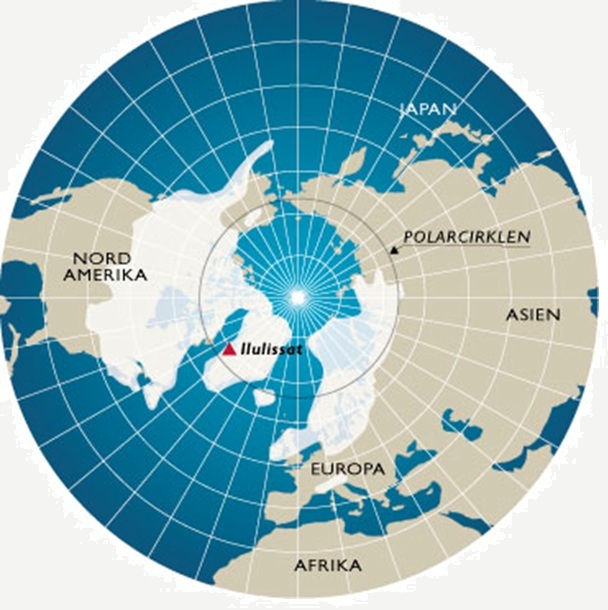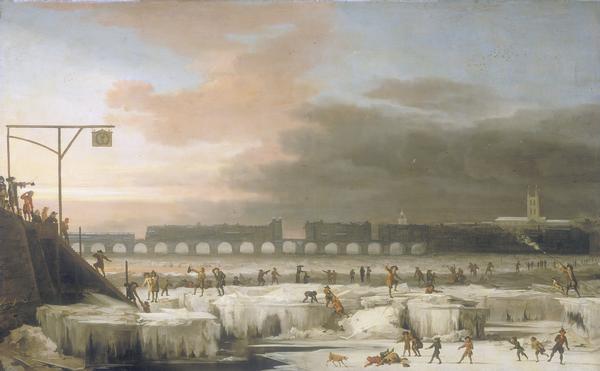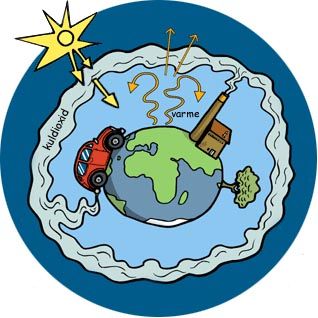Climate change
The climate is never constant. As you saw before the climate varies depending on where you are on the planet and the climate of one place can change over time.
Major climate change
 The major climate change you already know as the change from ice age to interglacial. The ice ages occur because the global average temperature decreases, i.e. the climate changes. An ice age lasts about 100 thousand years and an interglacial last about 30 thousand years. The last glacial period ended about 12–14 thousand years ago.
The major climate change you already know as the change from ice age to interglacial. The ice ages occur because the global average temperature decreases, i.e. the climate changes. An ice age lasts about 100 thousand years and an interglacial last about 30 thousand years. The last glacial period ended about 12–14 thousand years ago.
Minor climate change
The climate can change within an ice age and interglacial, however, with smaller variations. In this way an interglacial can have both warm and cold periods. We will take a look at two examples.

Photo taken by Hamish Laird of expeditionsail.com. Public domain.
The picture shows a rebuilt Viking church in Greenland.
The Norse in Greenland
When the Norse started to move to Greenland around year 1000 the climate was mild enough to cultivate corn. In the mid-1300s it was, however, already so cold again that the harvest continued to fail until the Norse had to abandon Greenland.
The little ice age
The cold period following the warm period of the Viking age is called the little ice age. It was not a real ice age, but it was a very cold period. It lasted from about year 1350 up to 1850 where especially winters in Europe where recorded to be much colder than they are today.
A painting of the Thames, the river flowing through London, all frozen. The painting is from 1677; today the Thames would never freeze over completely.
Man-made climate change
The air temperature has been increasing the past couple of hundred years. The temperature rise is related to a man-made increase of the atmospheric CO2 through burning of coal and oil. The burning will increase the greenhouse effect which will make the earth warmer.



